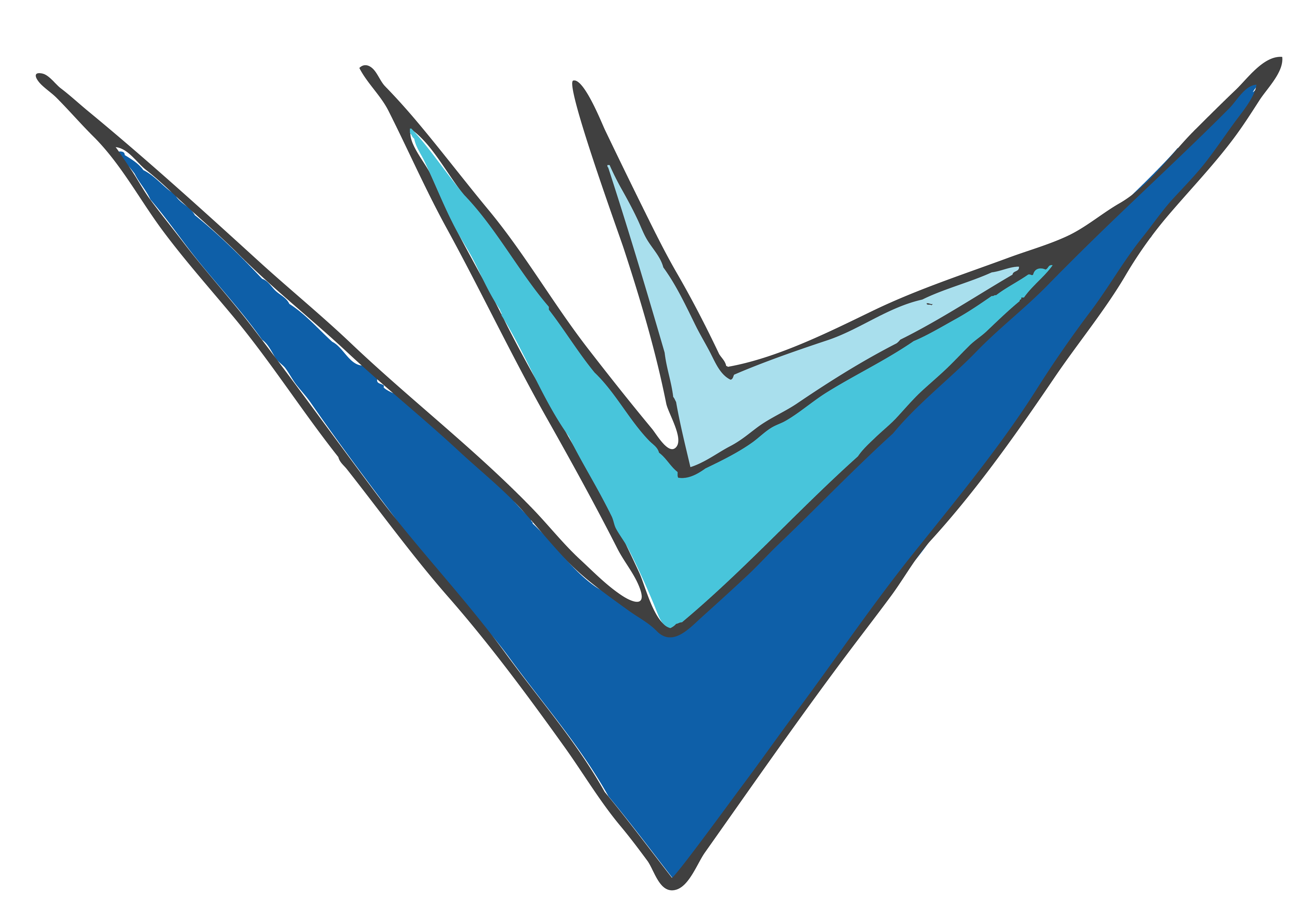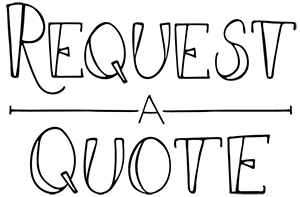Books are awesome! They’re a great professional way to present a presentation, show off your best work, get your word out the public, and more. Printing a book, however, can be confusing. There are so many binding options that it can sometimes be difficult to figure out what binding option is the best for you. That’s why Village Copier is here to help! This week’s Printing Tips will take you through the different binding options we have available, and what makes each one unique.
The Perfect Bind
 Perfect binding, also known as adhesive binding, applies an adhesive to the spine of gathered pages which, when dry, keeps them securely bound. Commonly, a soft paper or paperboard cover (or paperback) is attached over the binding adhesive. This is probably the most commonly seen type of binding as most reading books are bound in this manor. This bind is a great professional looking finish, and perfect for any projects or presentations you want to stand out. However, it is important to remember that the cover file needs to be separate from the rest of the book because it needs to be sized to wrap around the book.
Perfect binding, also known as adhesive binding, applies an adhesive to the spine of gathered pages which, when dry, keeps them securely bound. Commonly, a soft paper or paperboard cover (or paperback) is attached over the binding adhesive. This is probably the most commonly seen type of binding as most reading books are bound in this manor. This bind is a great professional looking finish, and perfect for any projects or presentations you want to stand out. However, it is important to remember that the cover file needs to be separate from the rest of the book because it needs to be sized to wrap around the book.
The Saddle Stitch
 Saddle Stitching is another popular book binding method in which folded sheets are gathered together one inside the other and then stapled through the fold line with wire staples. The staples pass through the folded crease from the outside and are clinched between the centermost pages. Saddle Stitched books are great for magazines, programs, zines, comics, and smaller books. In order to Saddle Stitch a book the overall page count must be divisible by four. Also, Saddle Stitch books are generally thinner begin about 50 pages or less.
Saddle Stitching is another popular book binding method in which folded sheets are gathered together one inside the other and then stapled through the fold line with wire staples. The staples pass through the folded crease from the outside and are clinched between the centermost pages. Saddle Stitched books are great for magazines, programs, zines, comics, and smaller books. In order to Saddle Stitch a book the overall page count must be divisible by four. Also, Saddle Stitch books are generally thinner begin about 50 pages or less.
The Tape Bind
 A Tape Bind is created by wrapping a heat-activated binding strip around the pages of the document and securing the pages together. Tape-bound documents are produced quickly and easily. Tape binding is great for reports or other professional documents as the book can be quite thick and lies flat.
A Tape Bind is created by wrapping a heat-activated binding strip around the pages of the document and securing the pages together. Tape-bound documents are produced quickly and easily. Tape binding is great for reports or other professional documents as the book can be quite thick and lies flat.
The VeloBind
 Velobinding involves punching several small holes along the edge of an unbound book. A strip of plastic with rigid tines is inserted into the holes from the top of the book, and a strip with corresponding holes is placed on the back with the tines protruding through. The book is then placed in a machine that holds the book tightly while the excess length of the tines is cut and the tips melted to seal the bind. This is a very durable binding option that is great for thick books that will be flipped through often.
Velobinding involves punching several small holes along the edge of an unbound book. A strip of plastic with rigid tines is inserted into the holes from the top of the book, and a strip with corresponding holes is placed on the back with the tines protruding through. The book is then placed in a machine that holds the book tightly while the excess length of the tines is cut and the tips melted to seal the bind. This is a very durable binding option that is great for thick books that will be flipped through often.
The Wire Bind
 Wire binding is a popular book binding method, and is known by a number of different names including twin loop wire, wire-o,double loop wire, double-o, ring wire and wirebind. With this binding method, users insert their punched pages onto a “C” shaped spine and then use a wire closer to squeeze the spine until it is round. Documents that are bound with wire binding will open completely flat on a desk and allow for 360 degree rotation of bound pages.
Wire binding is a popular book binding method, and is known by a number of different names including twin loop wire, wire-o,double loop wire, double-o, ring wire and wirebind. With this binding method, users insert their punched pages onto a “C” shaped spine and then use a wire closer to squeeze the spine until it is round. Documents that are bound with wire binding will open completely flat on a desk and allow for 360 degree rotation of bound pages.
The GBC Bind
 GBC or Comb binding (sometimes referred to as “cerlox or surelox binding”) uses round plastic spines with 19 rings (for US Letter size) or 21 rings (for A4 size) and a hole puncher that makes rectangular holes. GBC is typically used for manuals, course books, and anything that has a lot of pages but still needs to lay flat.
GBC or Comb binding (sometimes referred to as “cerlox or surelox binding”) uses round plastic spines with 19 rings (for US Letter size) or 21 rings (for A4 size) and a hole puncher that makes rectangular holes. GBC is typically used for manuals, course books, and anything that has a lot of pages but still needs to lay flat.
Of course, there are many more methods of binding books, but these are the most common and also offered here at Village Copier! Stay tuned over the next few weeks as we discuss the best way for you to set up your books for each specific binding.



